Double Duty: Sunscreen that Protects You and the Reefs
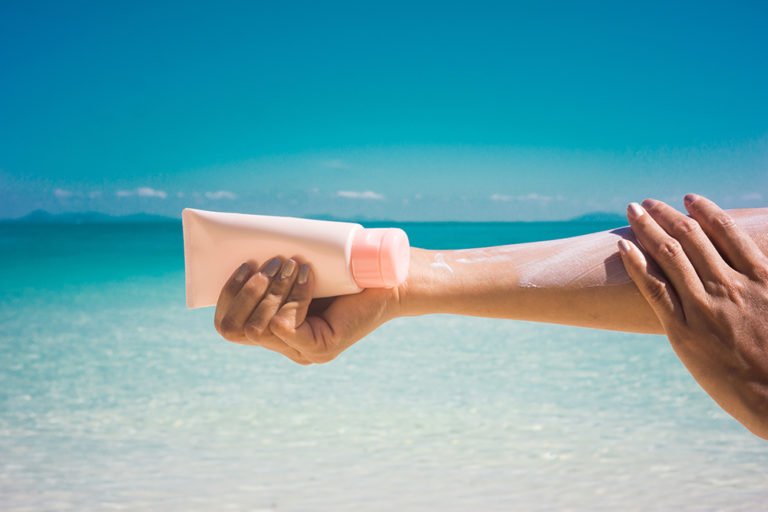
When it comes to scuba, we’re all about safety first. That’s why we’re firm believers in adding sunscreen to your pre-dive routine. Typically, your sunscreen shopping is pretty straightforward based on your SPF preference. But, have you ever thought about how your sunblock affects the ocean (and ocean life)? Here’s everything you need to know about sunscreen that’s safe for everyone and everything.
8 PRODUCTS FOR PROTECTING SKIN AND SEA
To help you stay conscious of what ingredients are best for your body and the salty body of water you’ll be plunging into, we’ve gathered top sunscreens and protective gear.
-
SUN BUM FACE LOTION SPF 50: Be kind to your complexion and scuba zones with this formula. It absorbs quickly, finishes matte, and works on all (and we mean all) skin types.

- STREAM2SEA’S LEAVE-IN HAIR CONDITIONER: Stream2Sea pioneers natural and biodegradable products that are tested safe for coral and other ocean critters. This conditioner specifically targets scuba lovers (and their manes) while nourishing, moisturizing, and protecting. Plus, it smells like fig and grapefruit.
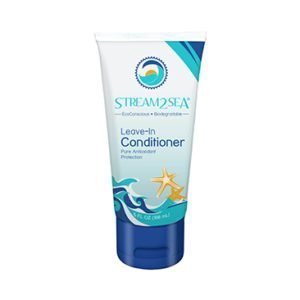
- WAXHEAD VANILLA ZINC OXIDE SUNSCREEN STICK, SPF 30: Flip your sunscreen routine with this stick. Apply a little for a lot of benefits during your most extreme adventures. Waxhead’s coral friendly and skin-saving balm won’t run or ruin your pre-dive rituals.
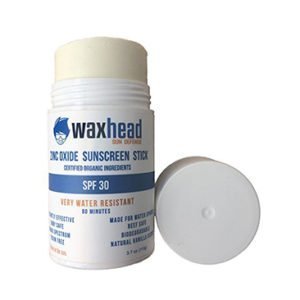
- BEYOND COASTAL ACTIVE SUNSCREEN SPF 34: Prepare for long deepwater excursions with the ultimate active sunscreen. This broad spectrum option offers 80 minutes of water resistance. Get ready for your best dive yet.
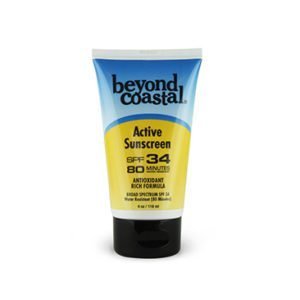
- COOLA MINERAL SUN SILK CRÈME SPF 30: Oil-free and full of that luxury feeling. Described as “liquid silk on skin” (according to the beauty experts at Allure Magazine). If you’re looking for SPF that blocks UV and doubles as a primer for the spontaneous, post-dive photoshoot, this is your pick.
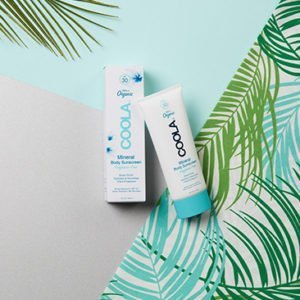
- HONEST MINERAL SUNSCREEN SPRAY SPF 30: Affordable and easy-to-apply. Need we say more? This all-around favorite provides even coverage and is ideal for reapplying. Spray, dive, rest, and repeat.
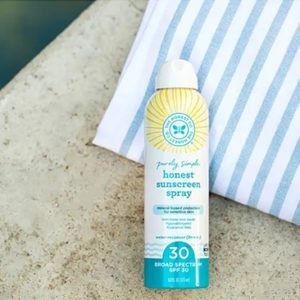
- LONG-SLEEVED RASHGUARD WITH UV PROTECTION: Skip the chemical counting, and opt for a high-quality, long-sleeved swim shirt that will dry quickly and do zero damage to sea life.
- BLUE LIZARD AUSTRALIAN SUNSCREEN, SENSITIVE SPF 30: Serious about scuba diving and tending to your sensitive skin? A dermatologist-backed solution with ray-reflecting minerals and without parabens should do the trick.
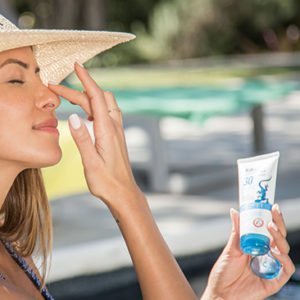
Remember, protecting yourself and the environment is equal parts important and possible. Before your next scuba session, pick up one of these skin and ecosystem savers.
CHEMICAL CULPRITS
Oxybenzone is the chemical anchor of sunscreen components in popular brands like Neutrogena, Banana Boat, and Coppertone. It’s also proving increasingly harmful to reef life. To experts, this isn’t exactly news. What is news is that oxybenzone, and another chemical powerhouse, octinoxate, aren’t the only ingredients endangering the reef. Despite a host of sunscreens claiming to be “reef safe,” other preservatives including methylparaben and butylparaben, octocrylene, homosalate, and octisalate can contribute to irreversible coral damage (according to Craig A. Downs, Ph.D., Haereticus Environmental Laboratory).
Because no universal definition of reef safe has been established, untested sunscreens — ones that at a high enough concentration could negatively impact the environment — more easily appear on shelves and in shopping carts. It also means that reading between the labels is required to determine which sunscreens actually live up to their “ocean-friendly” name.
WHAT’S THE DAMAGE?
How exactly is the underwater ecosystem being disrupted? One example is coral bleaching, which lowers the sea dwellers’ defenses and leaves them susceptible to infection — and without essential nutrients. Another downside to these chemicals encroaching on reef life is DNA damage. This could cause deformities, especially in younger coral.
Studies have also shown the buzz-generating chemicals to affect the livelihood of fish, sea urchins, and shrimp. So, while coral is the main victim, other sea inhabitants are feeling the sting.
According to CONSUMER REPORTS, nearly 6,000 tons of sunscreen per year are expected to pervade coral reefs globally. Even at low concentrations, this is a scary number for marine biologists, educated consumers, and of course, the coral.
Imagine a beach teaming with sunscreen-clad visitors, unaware that their skin safety measures are having a reverse effect on their oceanic surroundings. Hot spots for diving, swimming, and snorkeling – like natural parks – create high concentrations of the controversial chemicals and make it harder to ignore this growing environmental misstep.
STOPPING SALES
Last July, Hawaii took action by preventing the sale of any products containing oxybenzone and octinoxate. Coral’s symbolic counterpart, Florida (specifically, Key West), is also rallying to ban any sunscreens with the two chief “anti-reef” chemicals. Even companies like REI, the go-to for outdoor gear and sporting goods, are following suit by shelving (or rather, not shelving) any SPF with oxybenzone.
You can also take action. From choosing your sunscreen more carefully to ditching it all together (read: swapping the bulk of your sunscreen for protective wear), you can play a part in underwater damage control and preventing pollution.
KNOW BEFORE YOU DIVE
Before embarking on your next underwater adventure, take a minute to weigh all aspects of sun and sea safety. While tanks and goggles are important, knowing what’s in your sunscreen affects you and the sub-aquatic life you’re observing.
READ THE LABEL
Some brands of sunblock boast they’re “reef safe,” yet other harmful ingredients could be lurking in the fine print. Make sure to check all of the ingredients, steering clear from any of the potential toxins we’ve mentioned.
BE PATIENT
Apply sunscreen about 15 minutes before diving in. The more time your sunscreen has to absorb into your skin, the less it escapes from your pores and into seawater.
THINK OUTSIDE THE BOTTLE
Don’t simply rely on SPF to defend against UV rays. Try “sun safe” bathing suits and other protective clothing.
